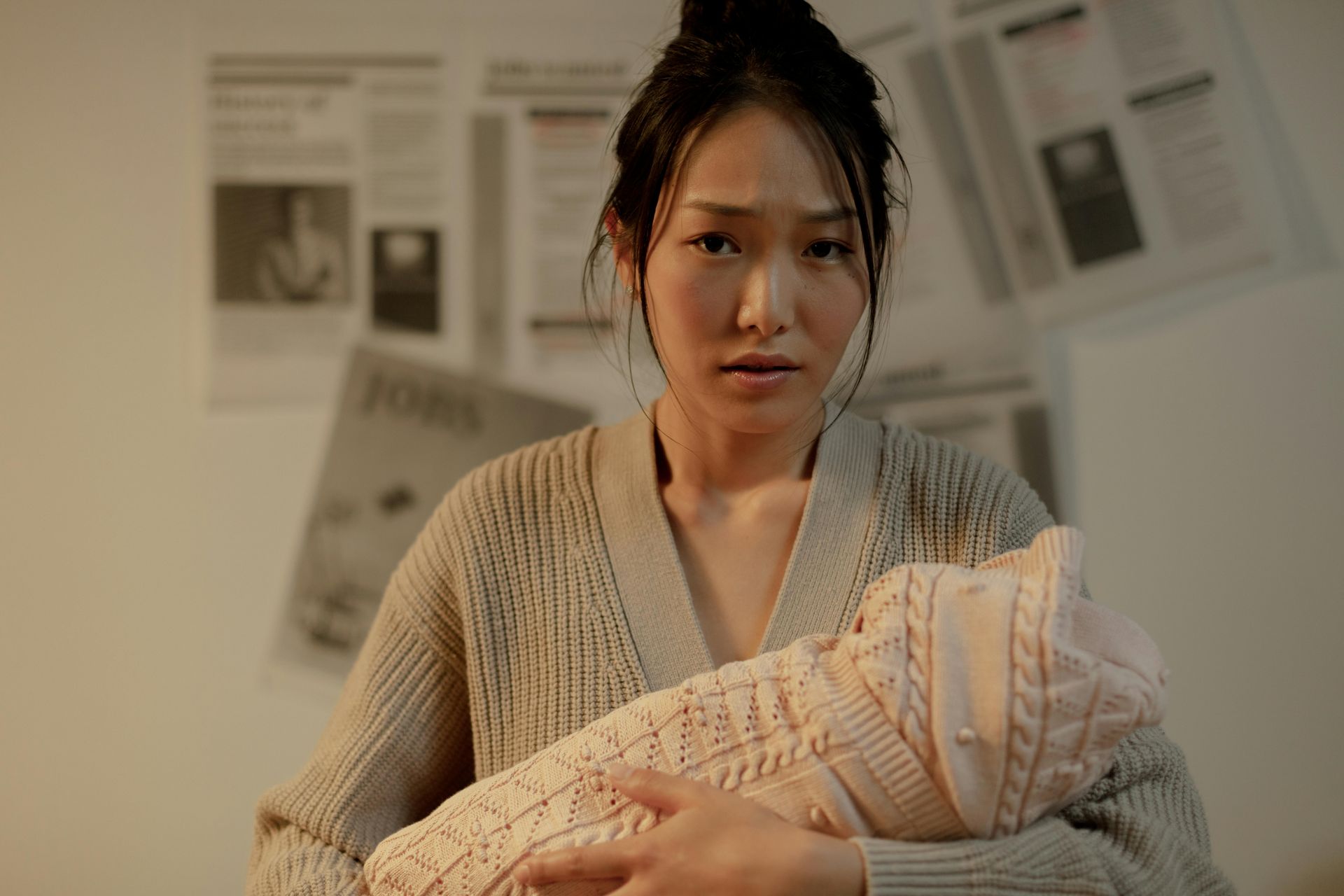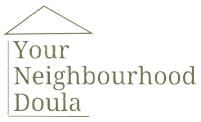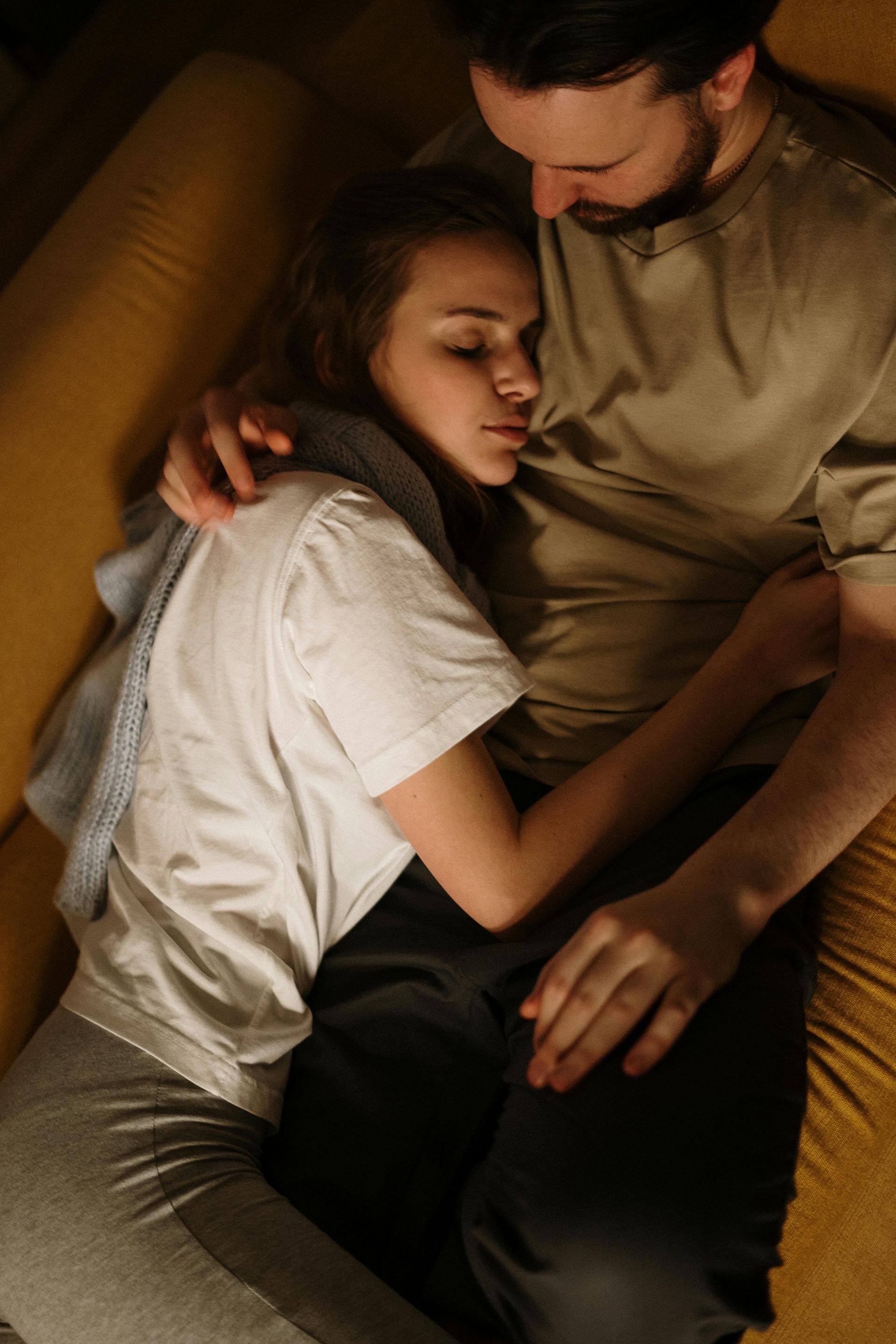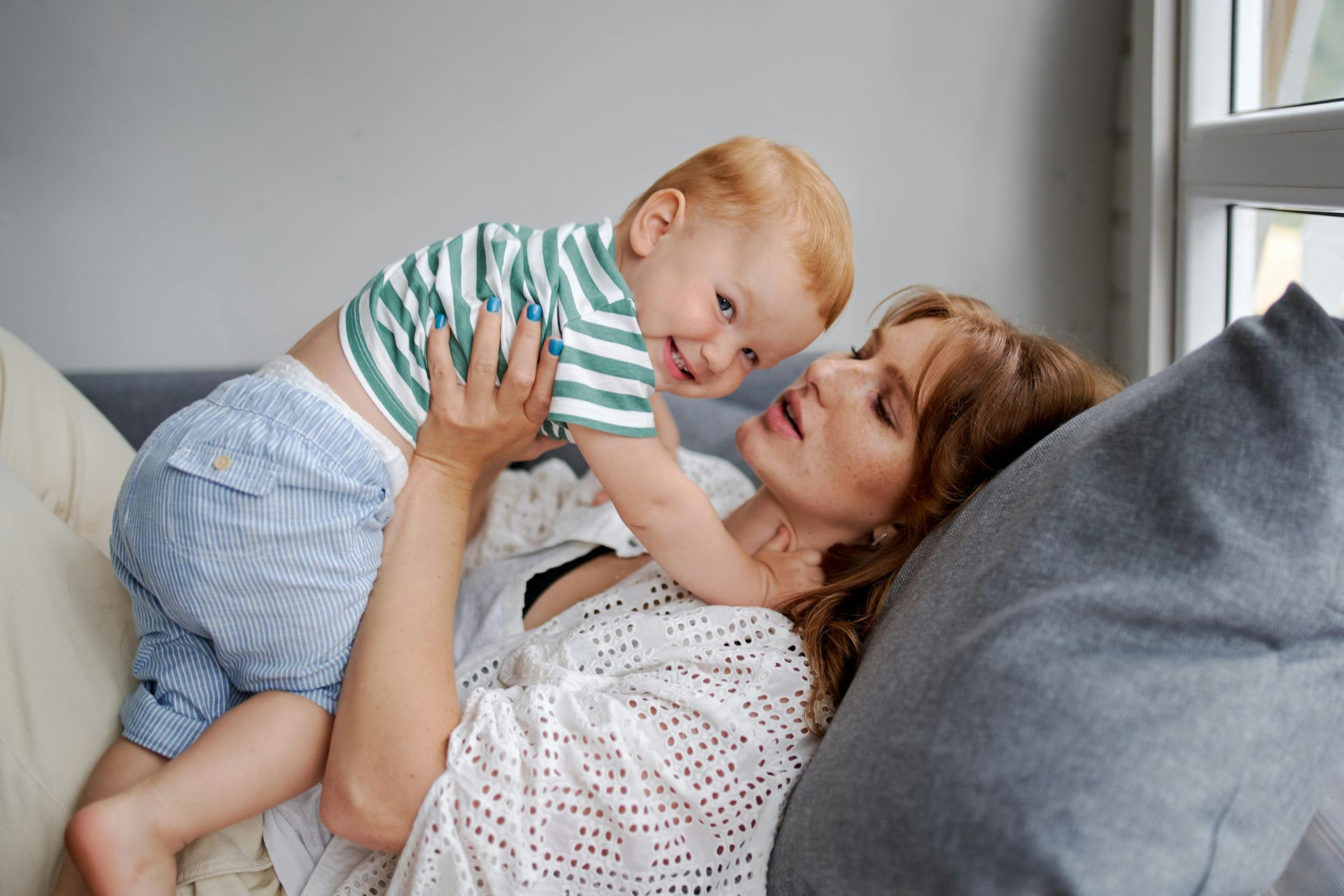Your neighbourhood doula in Toronto and Midtown!
4 ways to prepare your fur baby for your newborn
Helping Your Dog Adjust to Life with a Newborn – Because Everyone Deserves a Smooth Transition!
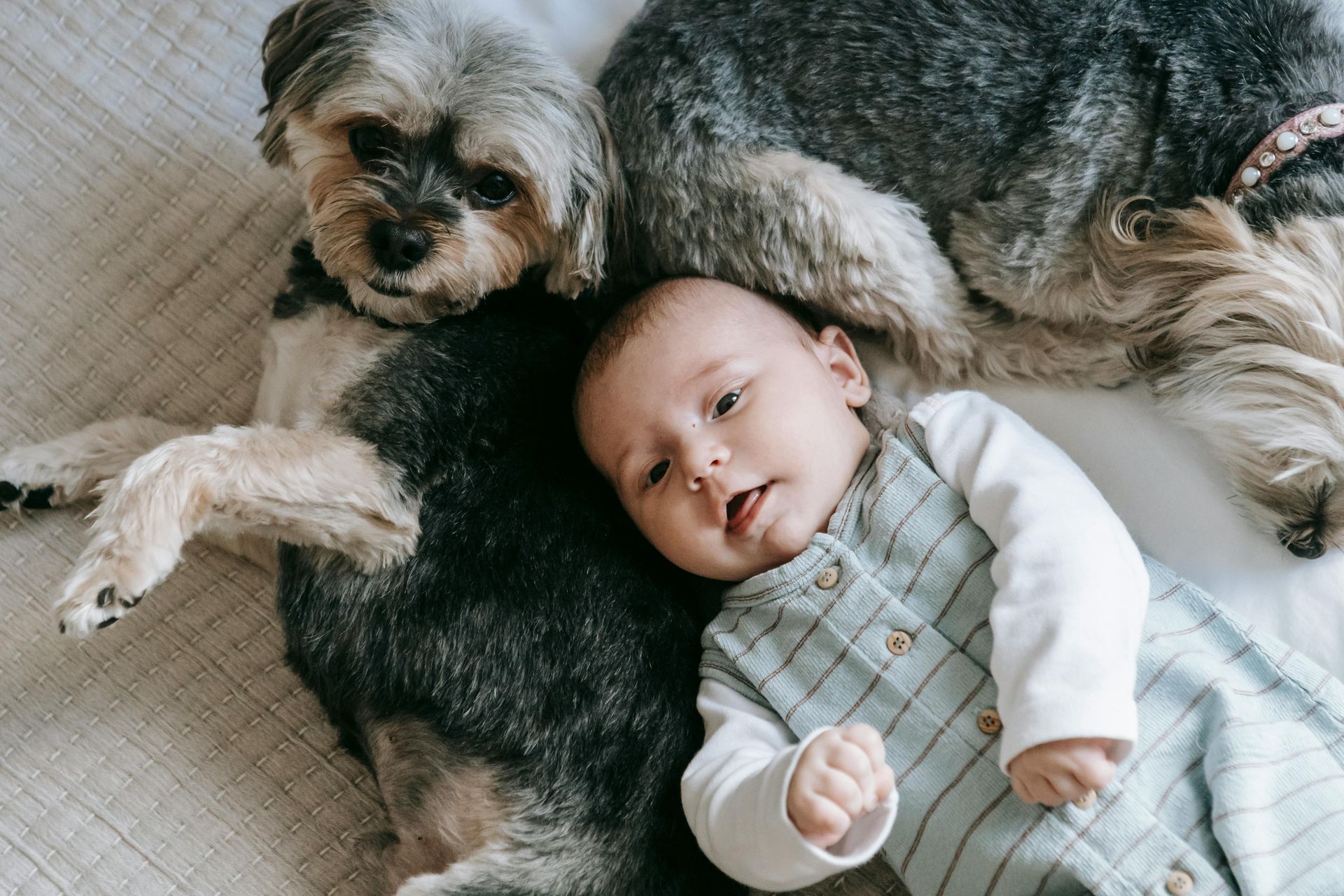
Picture this…
Your loyal pup has had free reign of the household, enjoying quiet naps and endless attention from you. Suddenly, a new tiny human joins the family, bringing with them unfamiliar sounds, smells, and a total shake-up in routine. It’s natural for your dog to feel confused or even stressed. But with some preparation, you can help make this transition smoother for everyone involved!
I've lived in Toronto for a decade and the one thing I know is that there are as many, if not more, dogs in Toronto than there are people! And I see so many parents walking their dog while pushing the stroller all at the same time.
If you are expecting and have a fur baby you treasure, here are four essential ways to prepare your fur baby for your newborn's arrival. Following these tips can create a positive experience for both your pet and your new addition, easing everyone into this beautiful, but challenging, postpartum period.
---
Key Points to Remember Before You Start:
- Routine Matters : Dogs thrive on structure, so introducing changes early and gradually is crucial.
- Consistency Is Key : Building new habits takes time. Aim to start at least two to three months before your due date, especially if your dog has resource-guarding tendencies or is prone to anxiety.
- Positive Reinforcement : Use high-value treats like sausages and cheese (ask your vet for recommendations!) to create positive associations with these changes.
1. Introducing Baby Sounds
Dogs have incredible hearing, and a baby’s high-pitched cries might be startling at first. Try this approach:
- Play Baby Sounds : Start by playing baby sounds (think cooing, laughing, crying) from YouTube or similar sources at a low volume.
- Adjust Gradually : Begin with short intervals and increase the volume over time, playing the sounds in different rooms where the baby will spend time.
- Time adjustment : Try playing the sounds at different times of the day - early in the morning, during lunch time, in the middle of the night - to emulate the real-life scenarios
- Observe and Correct : Watch for signs of anxiety (like barking or growling). If your dog responds calmly, reward them with a treat. Avoid rewarding behaviors like barking, as this might create negative associations with baby sounds.
2. Introducing Baby Scents
With a nose 1,000 times more sensitive than ours, your dog will instantly notice new scents. Start by introducing baby-related smells:
- Use Baby-Safe Products : Wash some baby clothes in baby detergent and let your dog sniff them.
- Introduce Baby Products Gradually : Start applying small amounts of baby lotion or oil, so the scent becomes familiar.
- Positive Reinforcement : Reward calm and curious behaviors with treats to reinforce a relaxed response to these new scents.
3. Set Up New Baby Furniture
Adding new furniture like cribs, bassinets, and changing tables can disrupt your dog’s sense of space, especially in smaller apartments or homes.
- Introduce Gradually : Start with larger items like the crib. Allow your dog to explore but discourage them from jumping on or into the new furniture.
- Establish Boundaries : If you prefer the nursery to be a no-pet zone, train your dog accordingly, perhaps with a baby gate. If your dog tends to push boundaries, and want to push into the baby gate, more reasons to train the dog accordingly. For example, sitting by the gate calmly gets them the treat. If they start to misbehave, you look away or take away the treat. Once they course correct, then reward.
- Use Replicas for Training : To prepare for items like baby swings or play mats, try using a baby doll. This can help your dog adjust to the presence of a “baby” before the real one arrives.
4. Practice New Walking Routes
Toronto’s downtown and midtown neighborhoods are perfect for walking, but introducing stroller-friendly paths can make a big difference for new parents. My favorite is the Beltline Trail! I see parents with strollers all the time.
- Explore New Routes: Find flatter, stroller-friendly sidewalks. Gradually transition your dog to these routes, rewarding positive behavior with treats.
- Practice with a Stroller: If you can, practice pushing an empty stroller while walking your dog. This helps them get used to the change and teaches them to walk calmly alongside it. If you have a bag of beans or rice, it might be a good idea to add that to the stroller so you can experience what it's like to have a baby in the stroller while walking the dog!
A Final Tip for First-Time Parents
Make sure all adults in the household are part of your dog’s new routine. This is especially important if the birthing parent needs extra recovery time. If your dog is only comfortable with one caregiver, this can put additional stress on that person during the postpartum recovery period.
---
These steps can go a long way in creating a smooth and happy transition for both your dog and your new family member. At Your Neighbourhood Doula , I'm here to support first-time parents in Toronto through the postpartum period—both in preparing your fur babies and in providing expert postpartum doula care. We hope these tips help make the journey to parenthood a little easier!
I also have a 10-week dog training plan for first-time parents who are in their late-second to early-third trimester! Email me at hello@yourneighbourhooddoula.com or DM on Instagram at @yourneighbourhooddoula to get access to this!
